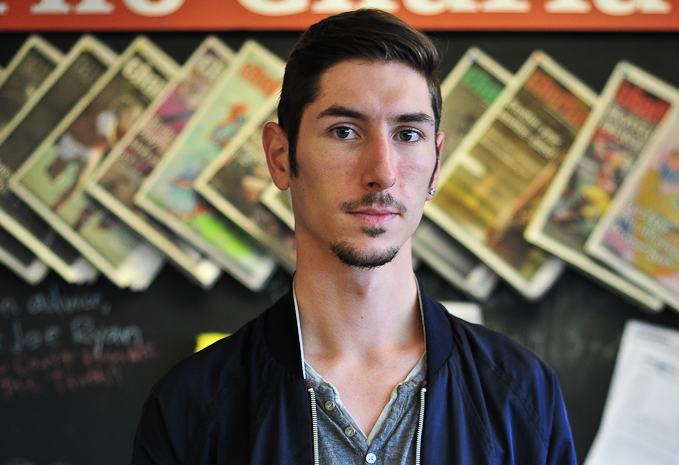Most people will tell you Remembrance Day is for “honouring our troops,” a day where we thank military veterans and current members of the Armed Forces for their service to our country, and remember those who died in twentieth century conflicts.
However, the meaning of the day has shifted from its original intent. We would be better off by recalling its origins and viewing Remembrance Day through the same lens as those who inaugurated it in 1919.
Until the end of the Second World War, Nov. 11 was known as Armistice Day, marking the armistice signed in 1918. At the eleventh hour on the eleventh day of the eleventh month, peace was restored.
The world had just witnessed the first true example of industrial-scale warfare’s destructive capacity, and the results were horrific and sobering.
In its aftermath, the First World War was referred to as the War to End All Wars. That phrase seems tragically ironic to us today.
While our military serves various functions including disaster relief and peacekeeping, Canadian involvement in combat operations abroad have altered the way the world views us.
Journalist Glenn Greenwald and former United States senator Ron Paul both stated Canada should not be surprised by the increase in extremist threats and potential blowback it faces given that we have been involved militarily and diplomatically in overseas conflicts for more than a decade.
As much as we would like to think our impact has been positive in places like Afghanistan and Libya, critical reflection is required now more than ever.
War is a messy business. In the age of digital media and ultra-realistic Hollywood movies, we should be keenly aware of war’s realities.
Films and television shows like Saving Private Ryan, Band of Brothers, and The Thin Red Line lend us a glimpse of what it’s like to kill and to die, to reflect on one’s own mortality, and to ask oneself “Why are we doing this to each other?”
And yet, film doesn’t allow us to internalize the horror, because we know we will to be able to walk out of the theatre when it’s finished and return to our comfortable lives.
We are never really forced to confront what it means to take a life, to risk our own, or to witness our friends die violently.
This mostly inescapable distance from the reality of war is the reason why most of us view Remembrance Day in a different way than veterans do.
For us, we are paying respect to those still living, whom we can speak to and see in uniform. In effect, we are appropriating these living symbols to reinforce nationalist sentiments.
For veterans, the day formally brings them back to the most sorrowful and terrifying moments of their lives.
Old men and women openly weep for their lost friends, family, and also for the people they’ve killed. Let us learn a lesson from their painful experience instead of hijacking its meaning.
If we truly wish to honour the members of our Armed Forces, let’s do so by not forgetting what their experiences meant to them.
Let us sympathize with the perspectives of people whose lives have been devastated by war—both of soldiers and of those innocents in far off places who always bear the heaviest burden of all. Remembrance Day should be made to help us recapture the solemn sentiment of 1919.
We need to be better reminded of the suffering war causes so that we’re less willing to engage in it in the future.






